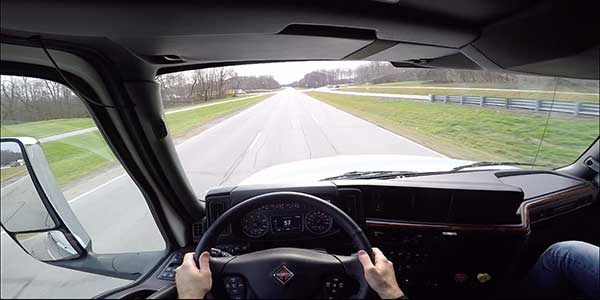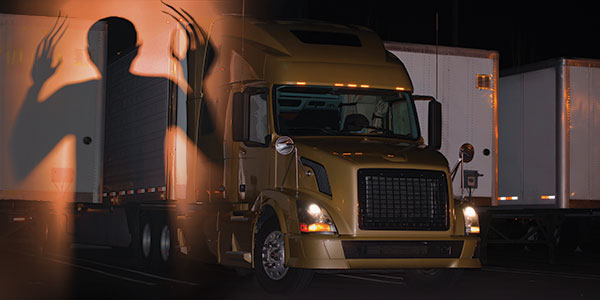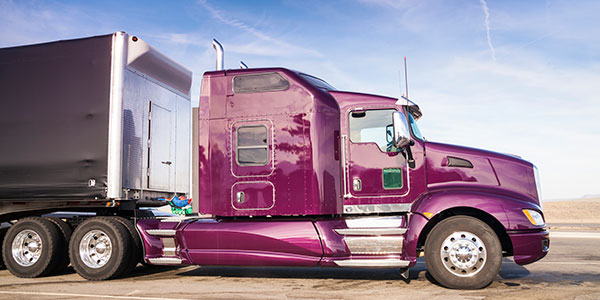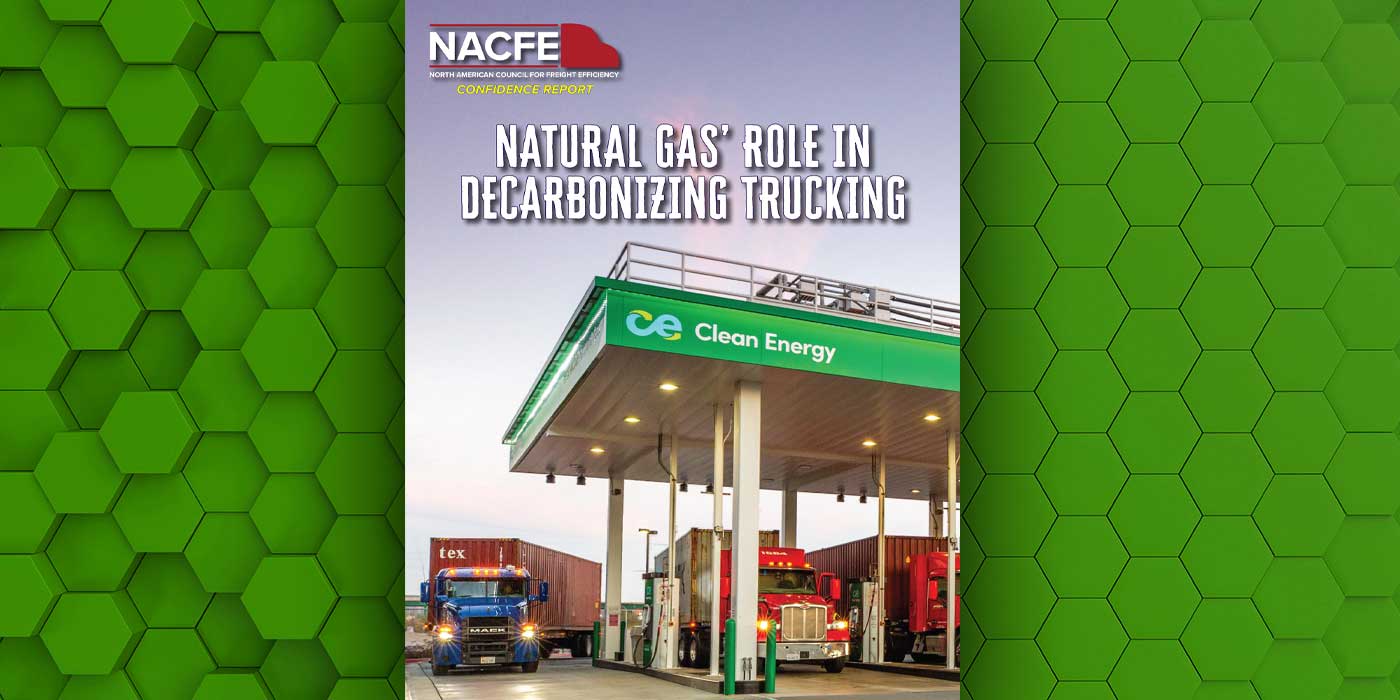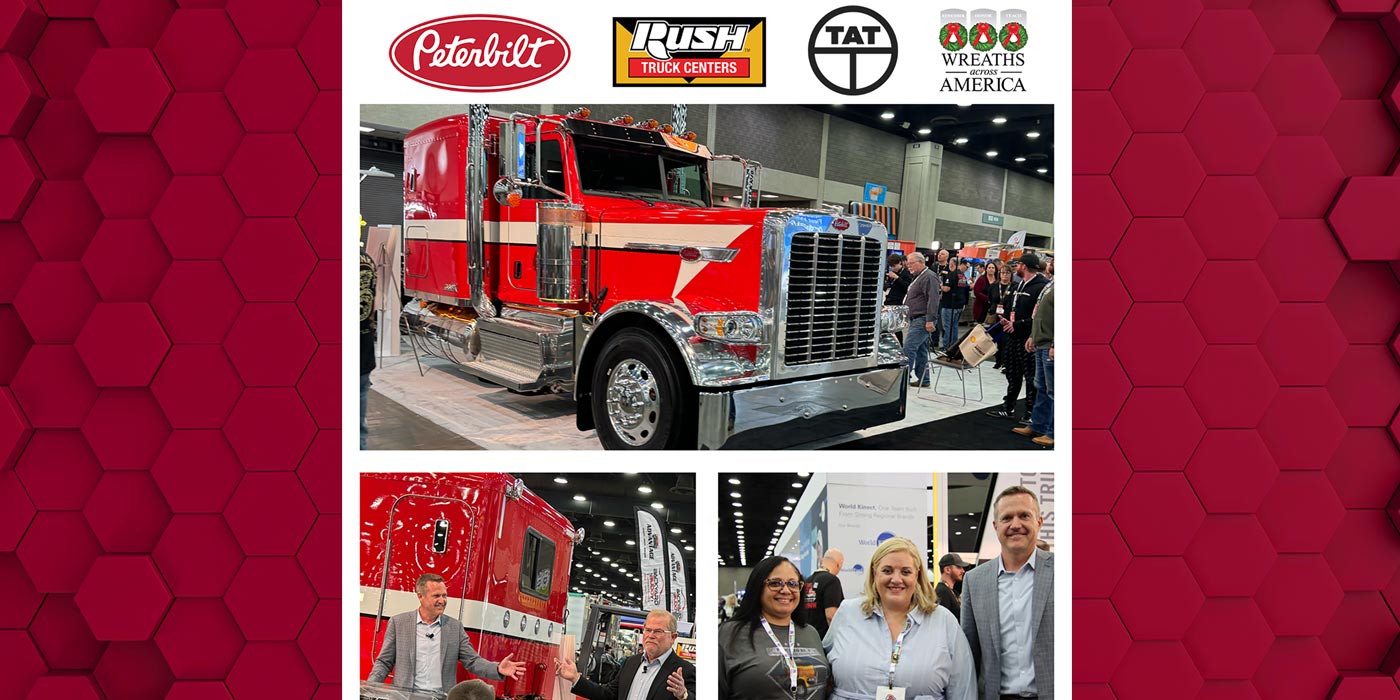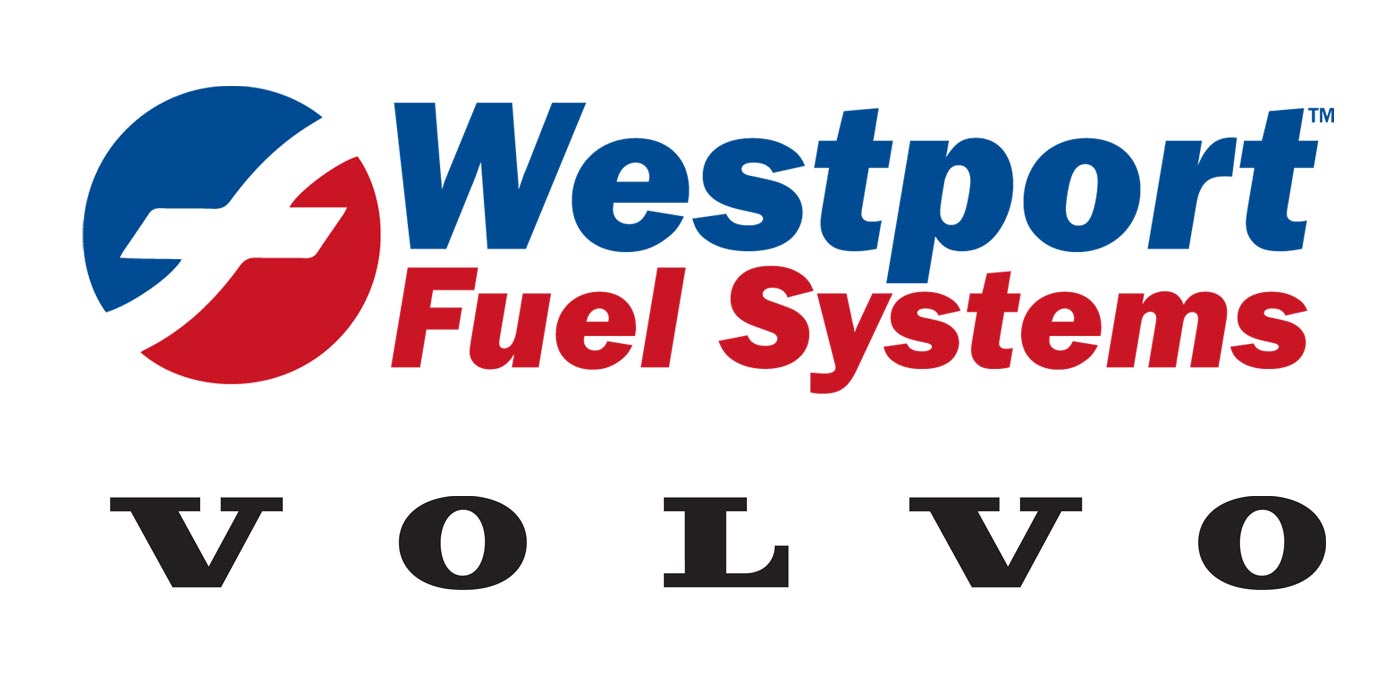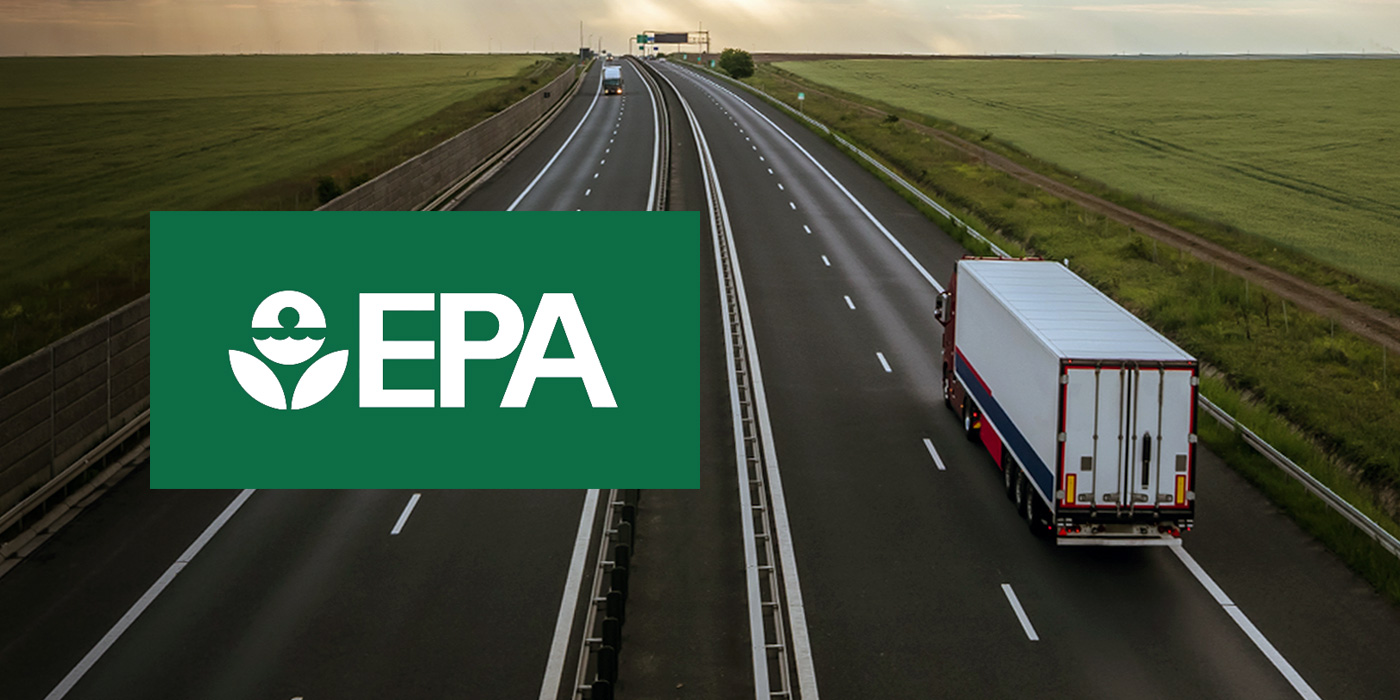We know it’s not easy to keep up with everything that happens in the world of trucking. So here are the biggest stories from January focused on the latest truck trends, all in one place.
5. FE’s new videos take a look at new offerings from International and SAF-Holland
Fleet Equipment’s editorial staff took to the road to see some of the trucking industry’s newest products up close and personal, and to bring the close-up looks to you, the video viewer. This month’s On the Road episodes jump behind the wheel of the brand new International LT, and highlight the new suspension and fifth wheel automatic lighting system from SAF-Holland.
4. 2017 model year engines: What you need to know
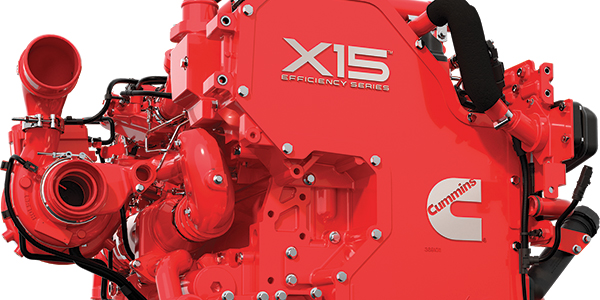
With the New Year comes new engines, which meet the increasingly stringent EPA requirements and improve overall efficiency. There’s a lot to talk about, so we’re going to dispense with the editorial pleasantries and get down to brass tacks on recommended oil categories, over-the-air engine updates, streamlined service diagnostics and much more.
3. Hotel loads are a growing problem for fleets
“When we talk about parasitic loads, we are quick to point the finger at drivers and their expectations of home-away-from-home creature comforts. That means TVs, microwaves, refrigerators, game systems and DVD players—all of which end up putting significant strain on a truck’s battery and electrical system.
However, there are other power-hungry parasitic monsters lurking within today’s trucks—the plethora of electronic control units (ECUs).”
Associate Editor Alex Crissey talks to battery and electrical experts about the growing problem of hotel loads, and how to make sure your trucks start in the morning.
2. It’s time to adapt to API CK-4, FA-4 engine oils
“In March of 2016 the American Petroleum Institute (API) announced that it had approved two new diesel engine oil standards: API CK-4 and API FA-4. Dec. 1, 2016 marked the first day these oils became available for fleets.”
Editor-at-Large Carol Birkland lays out what you need to know about the new engine oil categories.
1. Writing the rules of the autonomous road
“Welcome to 2017—the future is coming fast and furiously. In the trucking industry, automated truck technology has gone from sci-fi-esque, space age technology to an equipment reality. The next challenge is how to bring that technology to today’s highways.”
Automated technology continues to progress—but there’s still a lot more that needs to be sorted out. Editor Jason Morgan talks to truck technology experts about what’s left to sort out before autonomous trucks can make their way onto the roads.

